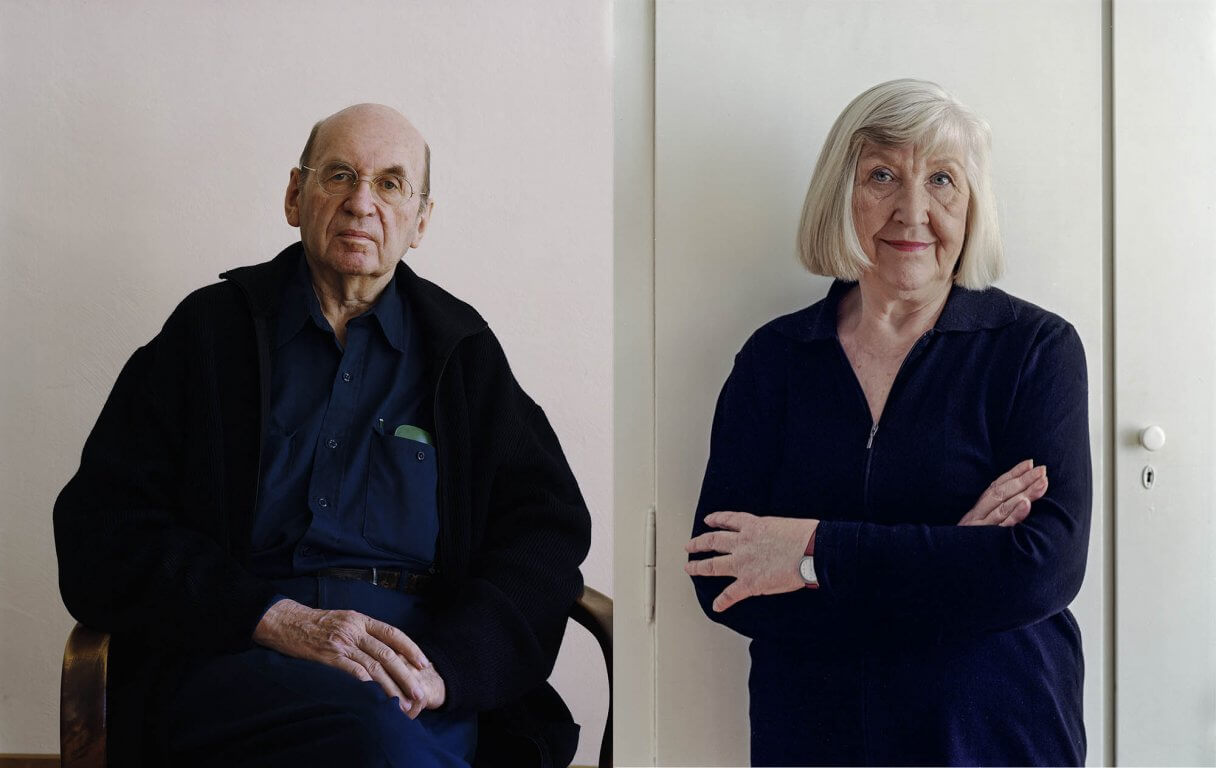The exhibition ‘Bernd & Hilla Becher: The Mines contains about 250 pictures of ten mining complexes. These complexes have been selected from a total of about 200 that still exist or existed across Europe and North America. The German photographer-couple Bernd (1931) and Hilla Becher (1934, born Wobeser) have systematically worked on precisely this subject since the beginning of their photographic career, which began in 1957 in post-war (West) Germany. The series of photographs of these mines can therefore be regarded as their magnum opus. In the intervening four decades, the Bechers have also built up a large photographic and encyclopaedic oeuvre on all possible forms of industrial architecture: water towers, limekilns, half-timbered houses, mine shafts, gas containers, factory buildings, etc. This oeuvre is of such importance that it is now possible to compare it with the photographs of the mines. The size and quality of this body of work are such that every study of twentieth-century industrial architecture can be related to the work of Bernd and Hilla Becher.
Over the years, the Bechers have taken 60 to 600 pictures of each mine. As the photographic documentation of this subject is very complicated and labour-intensive due to its nature, size and geographical spread, a large number of these photographs exist only in negative. This exhibition provides the first substantial overview of the extensive project on which the Bechers worked for over forty years. Among others, the following will be shown: shots of the Zeche Hannibal (Bochum), Zeche Ewald Fortsetzung (Recklinghausen), Zeche Minister – Stein (Dortmund-Eving), Zech Rosenblummedelle (Müllheim – Heissen), Winterslag mine (Kempenland).
The structure of Bernd and Hilla Becher’s work is based on so-called ”typologies”, i.e. systematic series of images in which the formal and aesthetic differences of this anonymous functional architecture are made clear. With this neutral and analytical approach to photography, Bernd Becher, who was a professor of photography at the Düsseldorf Academy of Art from 1977 to 1999, made a name for himself. His pupils (Meisterschüler) include Thomas Ruff – now his successor at the art academy – Axel Hütte, Andreas Gursky, Thomas Struth and Simone Nieweg.
The 85-photo series Zeche (Coal Mine) Hannibal in Bochum concerns the mine that the Bechers have elaborated in the greatest detail so far. This series was purchased in 1976 by the Van Abbemuseum in Eindhoven, which has loaned the work for this occasion. The photographs and negatives of the other mining complexes that will be shown in the exhibition were acquired in 1996 by Die Photographische Sammlung / SK Stiftung Kultur in Cologne, with the aim of further developing and structuring the mining project in collaboration with Bernd and Hilla Becher. Die Photographische Sammlung is also the organiser of this exhibition.
At this exhibition, a selection of about 15 to 20, mostly German, company photo books will be shown from the Bernd & Hilla Becher collection, period 1900-1950.
Publications
A catalogue will be published to accompany the exhibition: Zeche Hannibal, published by Schirmer / Mosel Verlag, Munich, in cooperation with Die Photographische Sammlung / SK Stiftung Kultur Cologne and Huis Marseille, museum for photography; size 27 x 29 cm, 132 pages, 170 illustration, Dutch/English, fl. 65,–.
